The risks posed to the health of operators via the work environment are such that air quality is governed by numerous regulations. Whether general or specific for each activity, they guide us on how to preserve this precious commodity: air.
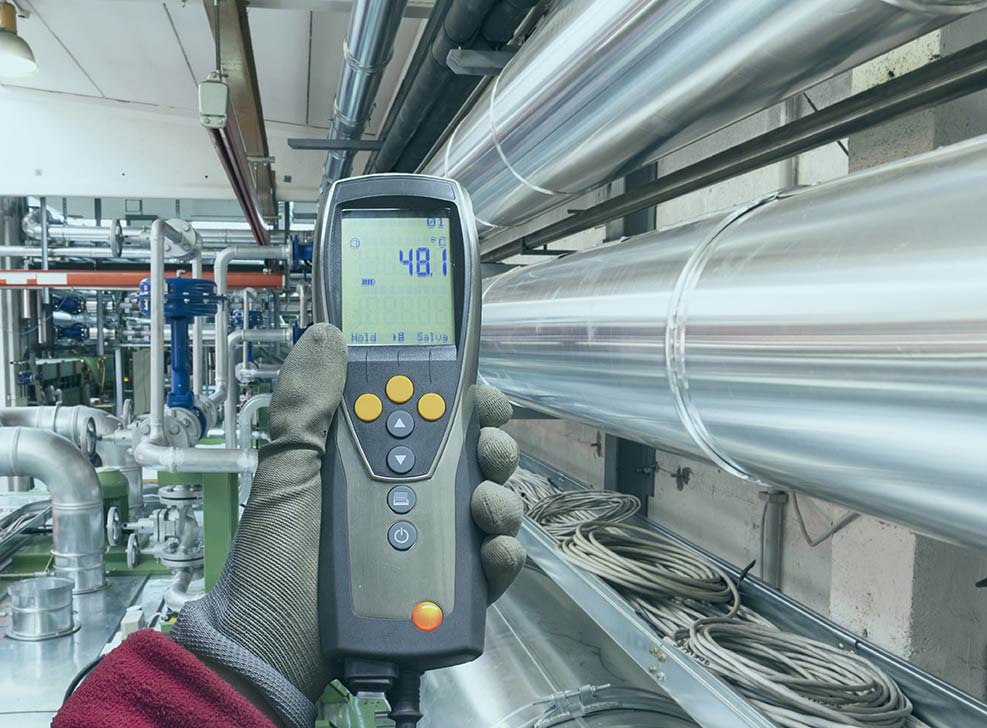
Air quality, an employer's obligation
Ventilation and aeration of the workplace play a crucial role in reducing the concentration of all contaminants in the work environment and exposure time, as well as protecting the health of workers. This will enable all employees to breathe in air that is not harmful to their health. The employer must renew the air to maintain the purity of the atmosphere, prevent temperature rise, unpleasant odours and condensation, and extract contaminants.
The main regulation concerning air quality is set out in the French Labour Code (Article R4412-149) which specifies the occupational exposure limit values for contaminants present in the workplace atmosphere and in the worker breathing zone.
In enclosed premises where workers are required to spend time, the air must be renewed in order to:
- Maintain the purity of the atmosphere so as to protect the health of workers (collective protection).
- Prevent excessive temperature rise, unpleasant odours and condensation.
The employer must maintain all installations in good working order and ensure they are inspected regularly (French Labour Code, Article R. 4222-20 et seq.).
Read the legislation on ventilation in the French Labour code
There are many directives for each activity and they prescribe specific prevention measures
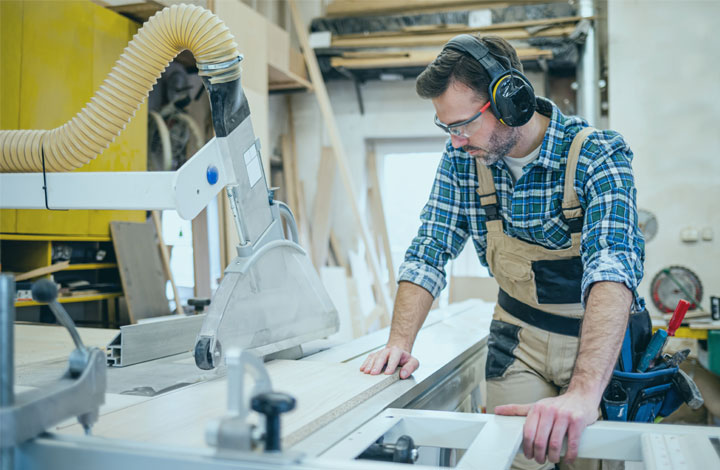
Wood dust
Workers exposed to wood dust are included on the list of carcinogenic processes (Order of 5 January 1993, amended).
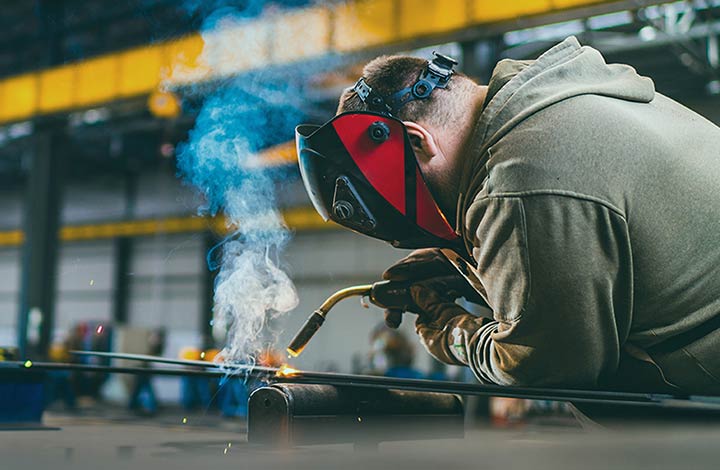
Chromium VI or hexavalent chromium and its compounds
In a work environment, inhalation is the main route of exposure to chromium VI. It is considered carcinogenic by the CIRC (WHO cancer research agency) (Group 1).
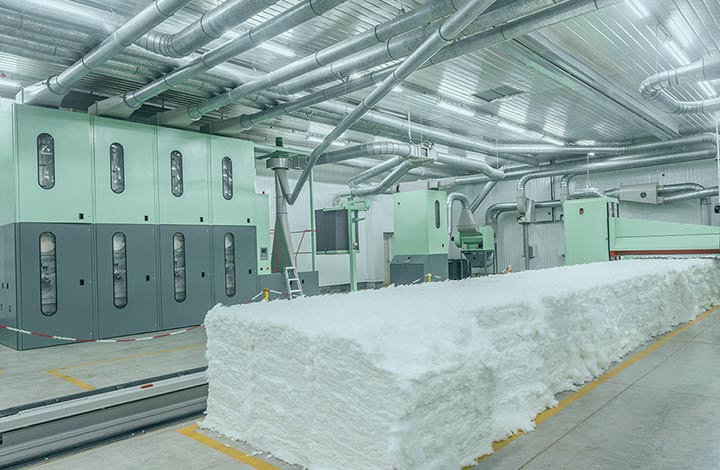
Dust of mineral, vegetable or animal origin
This may come from the raw materials used during the processing of finished or semi-finished products, or during demolition and cleaning operations.
European directives
Emissions of atmospheric contaminants in the industrial sector are regulated by the directive of 2010 on industrial emissions (Directive IED 2010/45/EU), among others. The aim of this Directive, called the IED Directive, is to protect the environment through the integrated prevention and control of pollution from a wide range of industrial activities.
Explosive atmosphere regulation (ATEX Directive: ISO/IEC 80079-34: 2018)
Prevention of the risk of explosion in the workplace is subject to a specific regulation. The ATEX Directive 94/9/EC has been transposed into French law (Articles R.4216-31 and R. 4227-54 of the French Labour Code).
It is the employer’s duty to apply the general principles of prevention and to assess the risk of explosion.
In addition to the provisions of the French Labour Code, when an establishment is subject to the legislation of Installations Classified for the Protection of the Environment (ICPE), it must comply with the provisions of Title I.
Our designs incorporate the recommendations of numerous organisations, such as CARSAT (Regional Retirement Insurance and Occupational Health Offices) and INERIS (French National Institute for Industrial Environment and Risks), as well as occupational physicians and members of the CSE (Social and Economic Committee) so that we can develop the best air treatment solution that complies with the regulations in force.
Our certifications
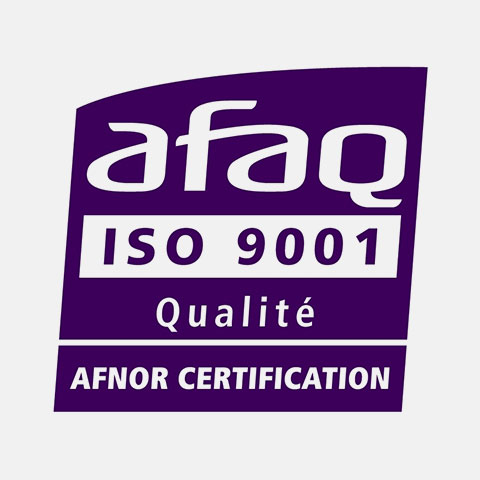
ISO 9001: 2015
CATTINAIR is ISO 9001:2015 certified for the design, manufacture, installation, commissioning and maintenance of dust extraction systems for industry.
This certification ensures: that we meet our customers’ requirements, continuously improve our performance and provide high-quality products and services.
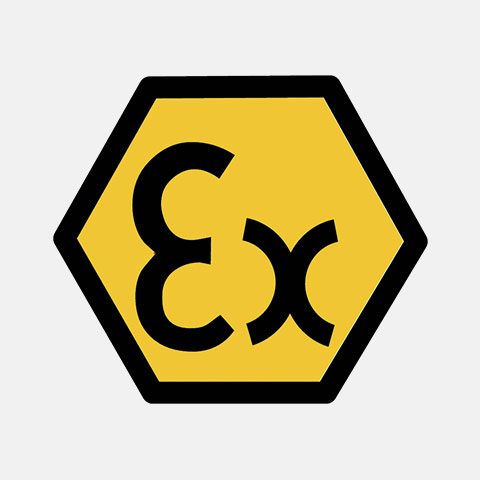
ATEX
CATTINAIR has a Production Quality Assurance Notification for its ATEX protection systems. This certification is essential for the production of protection systems intended for use in explosive atmospheres.
All personnel working with ATEX equipment and/or on site are ISM ATEX trained by INERIS. All of our installations comply with Directive 2014/34/EU.
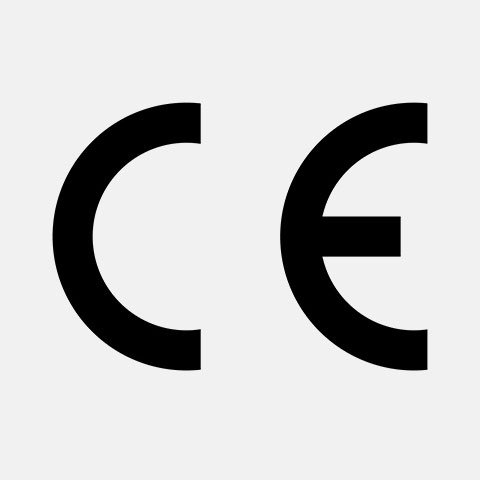
CE conformity of the products sold by CATTINAIR
All of the machinery complies with European Directive 2006/42/EC and has a CE Declaration of Conformity. The partly completed machinery is also compliant. As evidence of this, the teams provide a declaration of incorporation.
Eurocodes: CATTINAIR's structures comply with the Eurocodes and their design and calculation meet the requirements of Eurocodes 1 and 3. Eurocodes are a set of structural design standards at European level and are compulsory.



